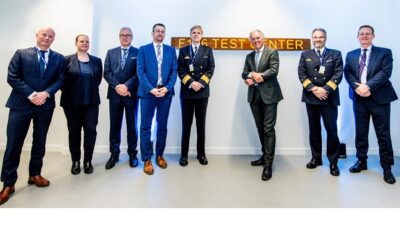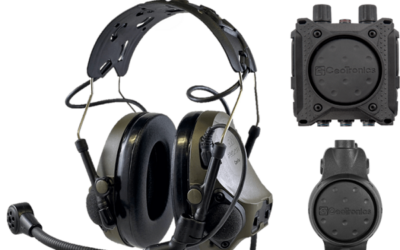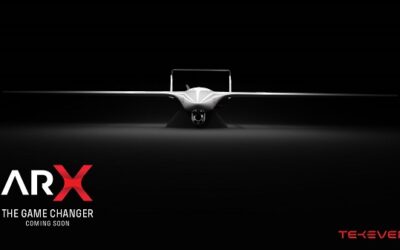Amphibious Vehicle Programme Update – Modern Day Marine 2018
It’s been a busy four weeks for the US Marine Corps (USMC)-industry amphibious vehicle industry team.
At a 25 September BAE Systems (BAE) briefing attended by MONCh, the near-term program Amphibious Combat Vehicle (ACV) 1.1 programme construction strategy was outlined, with the important take away – metal is being bent and welded on the initial articles. At the same time, there was a buzz on the conference floor about the reported cancellation of the contract awarded to SAIC for the AAV Survivability Upgrade.
John Swift, Program Director for Amphibious Systems at BAE Systems, opened the media availability by recalling that on 19 June BAE was solely awarded a low-rate initial production Lot 1 contract for the production of 30 ACV 1.1s, four of which will be used for blast testing, and 26 for initial operational testing and evaluation, and delivery to an operational unit. The end of IOT&E, in about 24 months, will inform the source selection for full rate initial production, which in turn, could be decided in 2022. LRIP options for up to 204 vehicles could be exercised, with an attention getting value of U$1.2 billion.
BAE Systems has started building the first of the initial variant of the USMC’s ACVs. As the media briefing was conducted, two ACV 1.1s were in, “subwell,” to complete the engine compartment and other elements. Following this phase they will be shipped to BAE’s York, Pennsylvania factory to begin superstructure work. “The first of the new vehicles will be delivered to the Marines late summer next year to start operational testing,” the programme director added.
BAE is already is proposing what future versions of the new vehicles could look like – and with good reason. “We already know from the Marine Corps that there will be a family of vehicles going forward for ACV, and they have an eye to at least three variants in that family of vehicles,” Mr Swift added. Those variants are expected to be command and control, troop transport and recovery.
Indeed, on the conference floor at this exposition was an ACV with a remotely controlled turret, and sophisticated sensing and command and control systems that BAE thinks the Marines may want in the future.
The BAE programme official continued: “So last year, with a bit of foresight, we at BAE Systems took this vehicle and made it a command and control variant,” that might shape the Marines thinking. The variant on display has four work stations for dismounted scouts and a commander’s seat with large screen displays that can be connected to the weapon station mounted on the roof, other vehicle-borne or off-board sensors and unmanned aerial vehicles – with a maximum range of 20 km [12.4m] – and fuses that information together, “into a common operating picture,” Mr Swift said.
The commander could use that sensor data to have his gunner fire at an identified target with the turret gun, a 30mm cannon similar to what the Army has on its STRYKER vehicles.
And while the industry team is eyeing and leaning forward to support an ACV vehicle family, the baseline technology of 1.1 is also slowly advancing and migrating into the ACV 1.2’s capabilities. Indeed, the BAE 1.1 has completed operations in sea state 3 and successfully performed ship launch and recovery.
Iveco Defence Vehicles remains BAE Systems’ industry partner for the ACV 1.1 initial LRIP award.
The current USMC Program of Record for ACV calls for 704 vehicles, which may be increased.
The ACV is to replace the Vietnam-era AAV-7 assault amphibious vehicle, a tracked vehicle that proved to be vulnerable to land mines and improvised explosive devices in Afghanistan and Iraq.
This is a follow-in to the news being circulated at this briefing, which Mr Swift declined to comment on, that USMC had issued a stop work order in late August, to halt the AAV SU programme. The Marines had planned to upgrade 392 AAV vehicles which, when combined with the ACVs, would provide a forcible entry capability for all seven Marine Expeditionary Units and two Marine Expeditionary Brigades. In August 2017, the USMC awarded SAIC a low-rate initial production contract that covered 21 vehicles.
Marty Kauchak

























